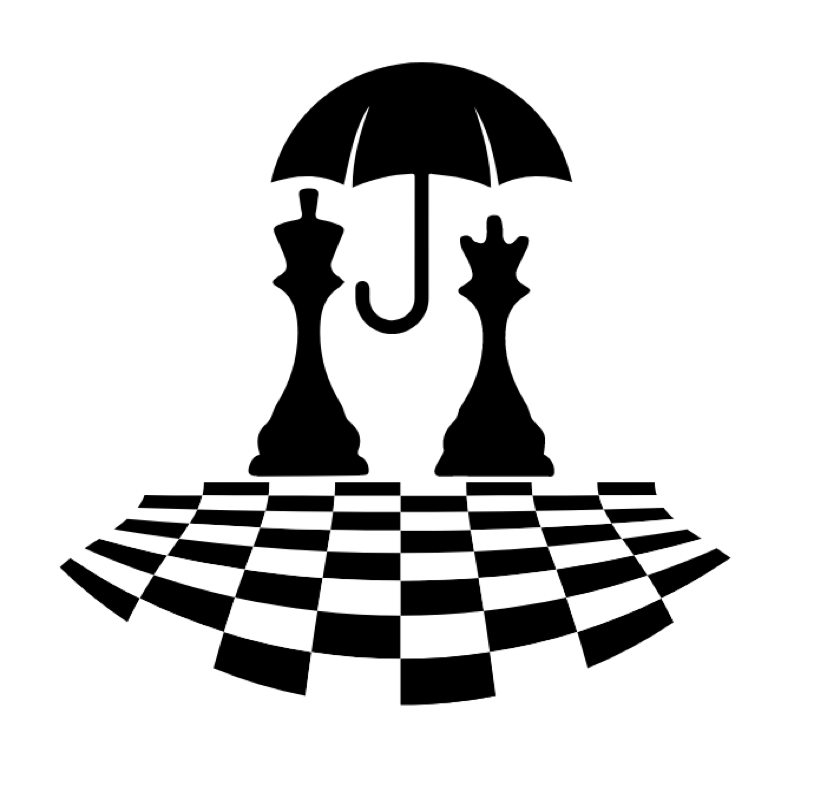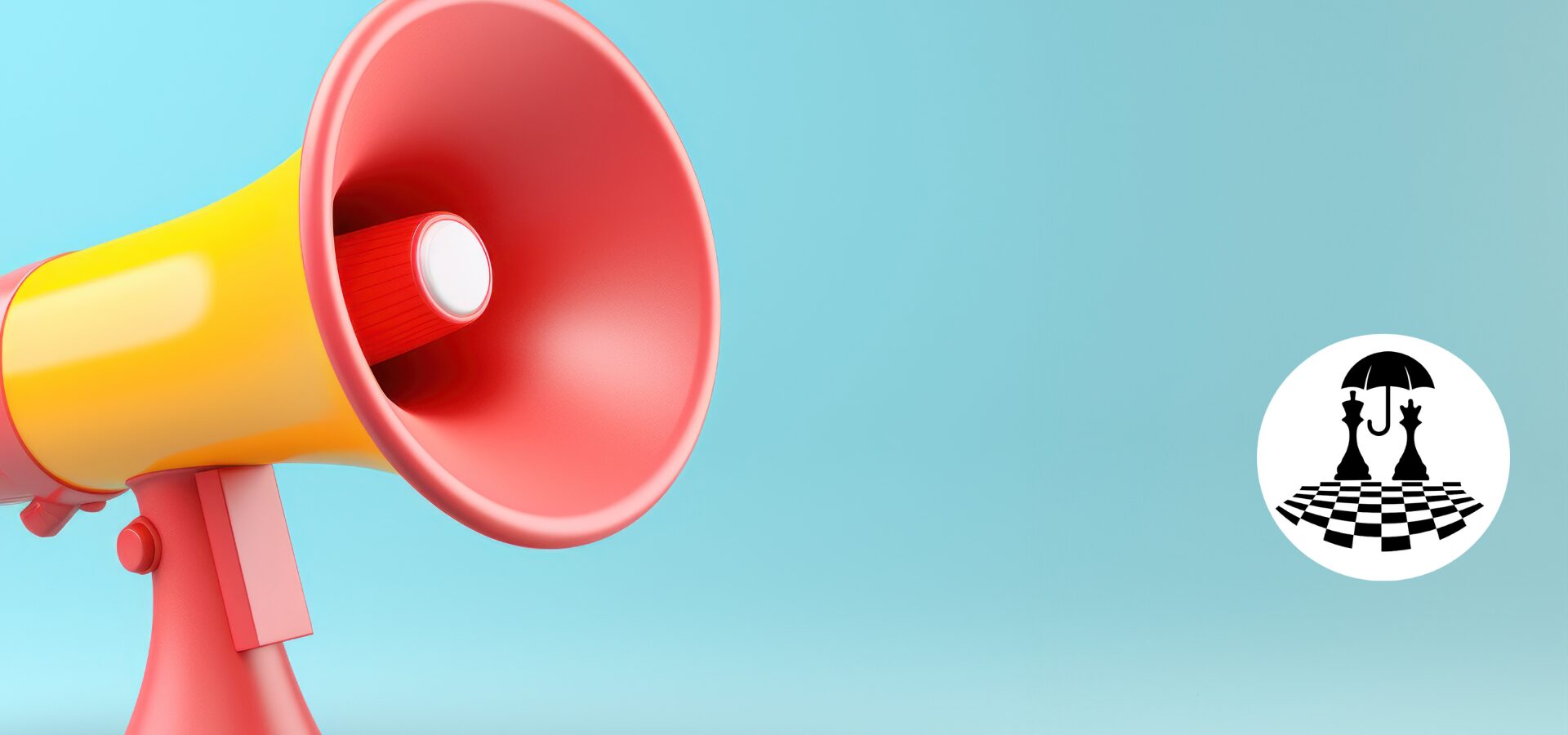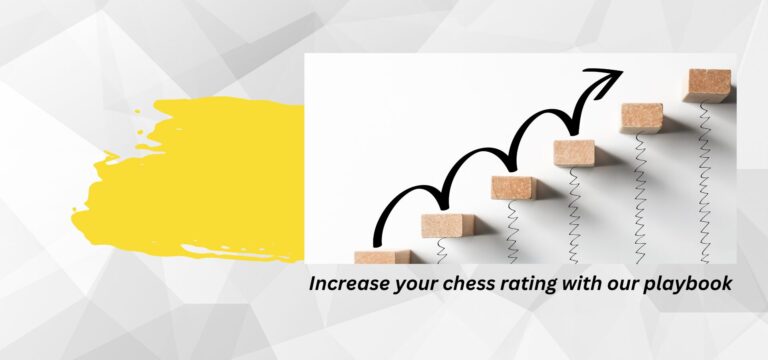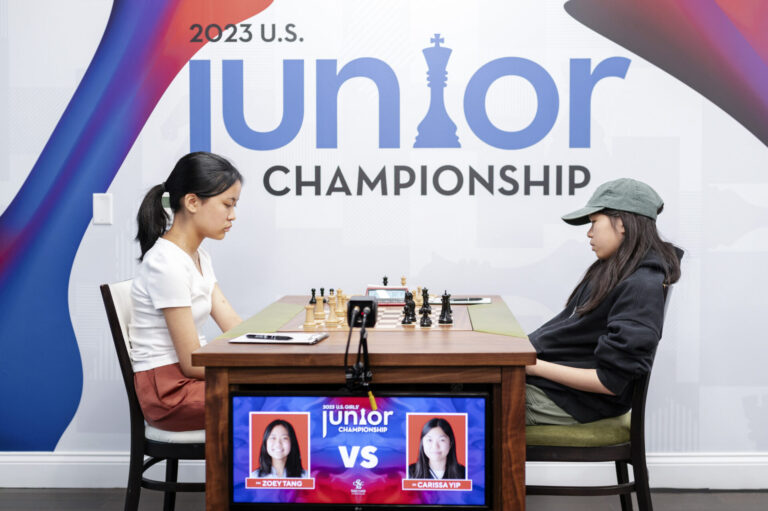In today’s world, having a strong online presence is essential, even for a youth-led organization like ours. When we started Puddletown Chess, we didn’t just want to create a place for students to learn the game. We wanted to build a community. That meant reaching players, families, and partners beyond the classroom or tournament hall. Our marketing strategy began as a small experiment and quickly became a vital part of how we connect, grow, and lead.
This post shares the story of how we built our digital foundation—from launching our first website in a weekend to using social media and storytelling to bring the Portland chess community together. We hope it helps other youth organizations see what’s possible, even with limited resources.
Launching the Website: Fast, Functional, and Evolving
Our first major move was getting a website online. Thanks to our founders’ background in software, building a sophisticated WordPress site came together in just a weekend. It wasn’t flashy, but it got the job done and more importantly it represented the brand we wanted to project. We included a homepage with our mission, an events calendar, and a simple contact form. The goal wasn’t perfection—it was presence. We needed something live so people could find us, learn about our programs, and start getting involved.
Over time, we treated the website like a living document. As we hosted more events, welcomed new students, and grew the team, we added new features. We created archives of past tournaments and training terms, complete with student highlights and coach profiles. We added an integrated calendar, high-quality photography, LOTS of blog posts, and even links to media features. The site grew along with us, reflecting not just what we do—but who we are.
Sharing Our Story Through Recaps and Blog Posts
We quickly realized that telling our story was just as important as running programs. That’s where our blog came in. Rather than using it as a place for announcements, we built it as a digital journal—a space to reflect, celebrate, and educate. One of our first recurring features was tournament recaps. But instead of just listing who won, we shared what made each tournament special: a surprising comeback, a student’s first time competing, a game that everyone was talking about for days. These posts turned events into memories and helped parents and students feel more connected.
Over time, our blog became a growing archive of ideas and insights. We’ve posted about training tips, lessons learned, community updates, and the behind-the-scenes work that makes everything run. With nearly 90posts and counting, the blog has become a place where our values live in words, helping us stay transparent, authentic, and welcoming to newcomers.
Capturing the Moment: Why We Take So Many Photos
One of the most surprisingly effective parts of our digital strategy has been photography. We make an intentional effort to document nearly everything we do—whether it’s a quiet training session or a packed tournament day. This isn’t just for fun (though it is fun); it’s a powerful way to build connections.
Photos help new families see what we’re about. They add emotion to our posts. They remind returning players of how far they’ve come. And for students who may not express themselves with words, a picture of them deep in concentration or smiling with their teammates can speak volumes. As we’ve grown, so has our archive—thanks in large part to parents and volunteers who share their shots and help us capture the energy of each event.
Connecting on Social Media: Facebook and LinkedIn
Social media has allowed us to stay connected between events, especially with families. Facebook has become one of our most active platforms, where we post tournament updates, share student shout-outs, and give behind-the-scenes looks at our team’s efforts. Parents often engage by tagging their kids in photos or commenting with encouragement. It’s become an extension of our in-person community—one that keeps the energy going long after the event is over.
We also use LinkedIn, but in a different way. While Facebook is more personal and family-focused, LinkedIn helps us build credibility with partners, educators, and sponsors. We share milestones, media coverage, and insights from our outreach programs. For a youth-led organization, building trust with professionals is important, and LinkedIn gives us a way to do that with transparency and professionalism.
Building Relationships with Schools
Some of our most impactful outreach has come from working directly with schools. By bringing chess into classrooms and the students to our tournaments, we’ve introduced the game to students who may never have signed up on their own. These partnerships often begin with a conversation or a referral and grow into full programs that are woven into the school’s culture.
By being responsive to school leaders and flexible in how we structure our offerings, we’ve made chess feel accessible and valuable, not just as a hobby, but as part of education.
Content That Educates, Inspires, and Builds Trust
We believe in creating content that serves our community. Everything we post—from articles to photos to student testimonials—is designed to either educate, inspire, or build trust. For example, when we write about strategy tips, we’re helping students grow their skills. When we highlight a coach’s journey or a student’s progress, we’re showing the human side of what we do. And when we document our events in detail, we’re building a public record that shows consistency, quality, and care.
This kind of content doesn’t just connect with people—it also helps us show up in search results. Over time, our blog posts and pages have started appearing when families search for “chess in Portland” or “kids chess club.” Without spending money on ads, we’ve built strong SEO simply by being active, honest, and helpful online.
Growing Through Word of Mouth and Community Trust
Perhaps the most powerful part of our marketing isn’t digital at all—it’s personal. Most of our new members come from word-of-mouth referrals. A parent tells a neighbor. A student invites a classmate. A teacher forwards our flyer to another school. These are small moments, but they add up.
We don’t take this trust for granted. Every time someone joins because of a recommendation, we make a point to acknowledge it. Whether it’s a thank-you message, a shout-out, or even lunch with a referring family, we recognize that our growth is powered by relationships. This grassroots support means more to us than any ad campaign ever could.
Looking Ahead: What’s Next for Our Digital Strategy
As we continue to grow, we’re excited about the next chapter of our digital journey. We’re exploring ways to make the website even more interactive, with features like player profiles, leaderboards, and embedded coaching videos. We want to make registration smoother, communication easier, and the experience more personalized.
We’re also expanding to new platforms like Instagram and YouTube, where we can share more visual stories and short-form content. Our goal is to meet people where they are while staying true to who we are.
Everything considered
At Puddletown Chess, our marketing strategy isn’t about ads, gimmicks, or quick wins. It’s about building a community—one post, photo, and handshake at a time. We’ve used digital tools not just to promote events, but to create belonging. Whether it’s a blog post about a student’s growth, a tournament photo that sparks joy, or a newsletter that reminds someone to come back, every piece plays a role.
We launched quickly. We learned a lot. And we’re still evolving. That’s what community-building looks like. And we’re just getting started.




